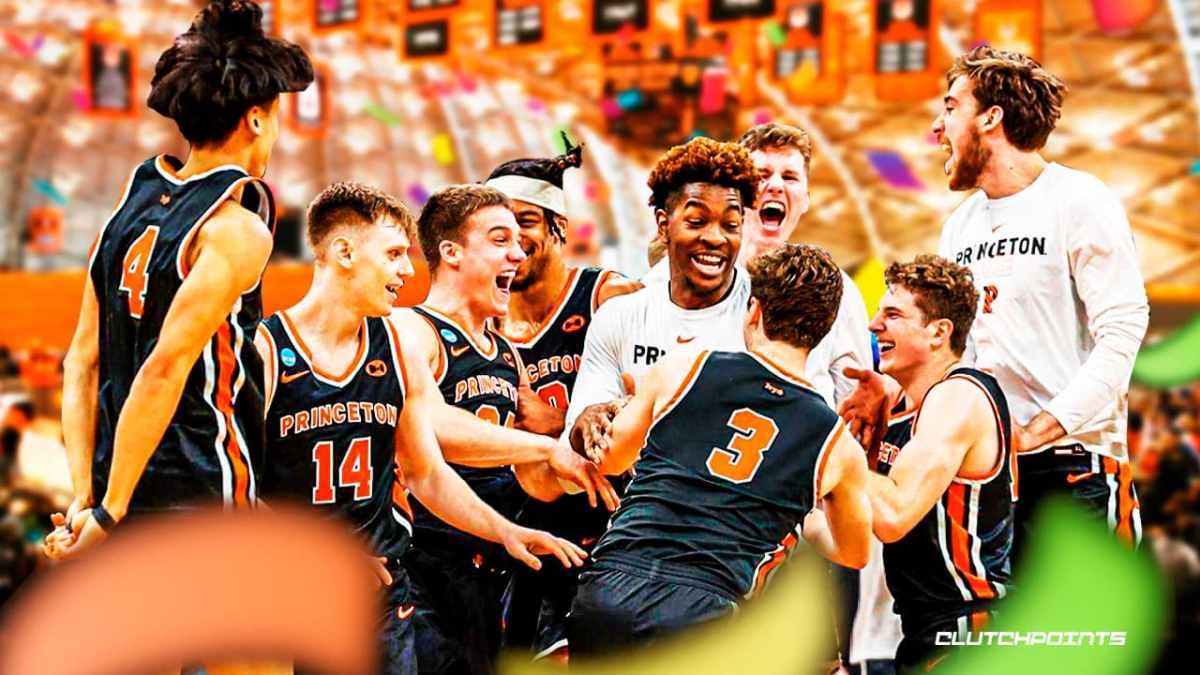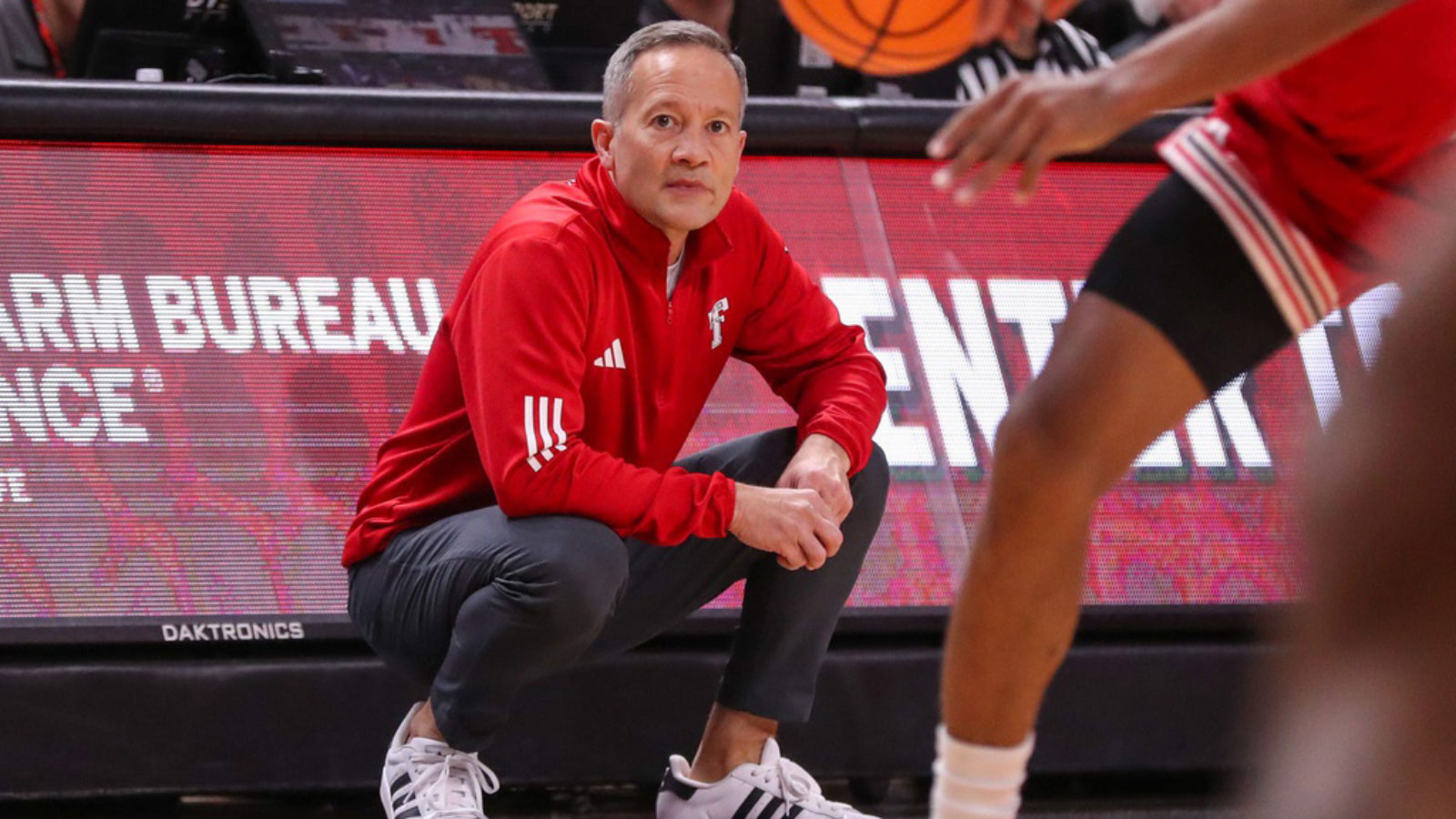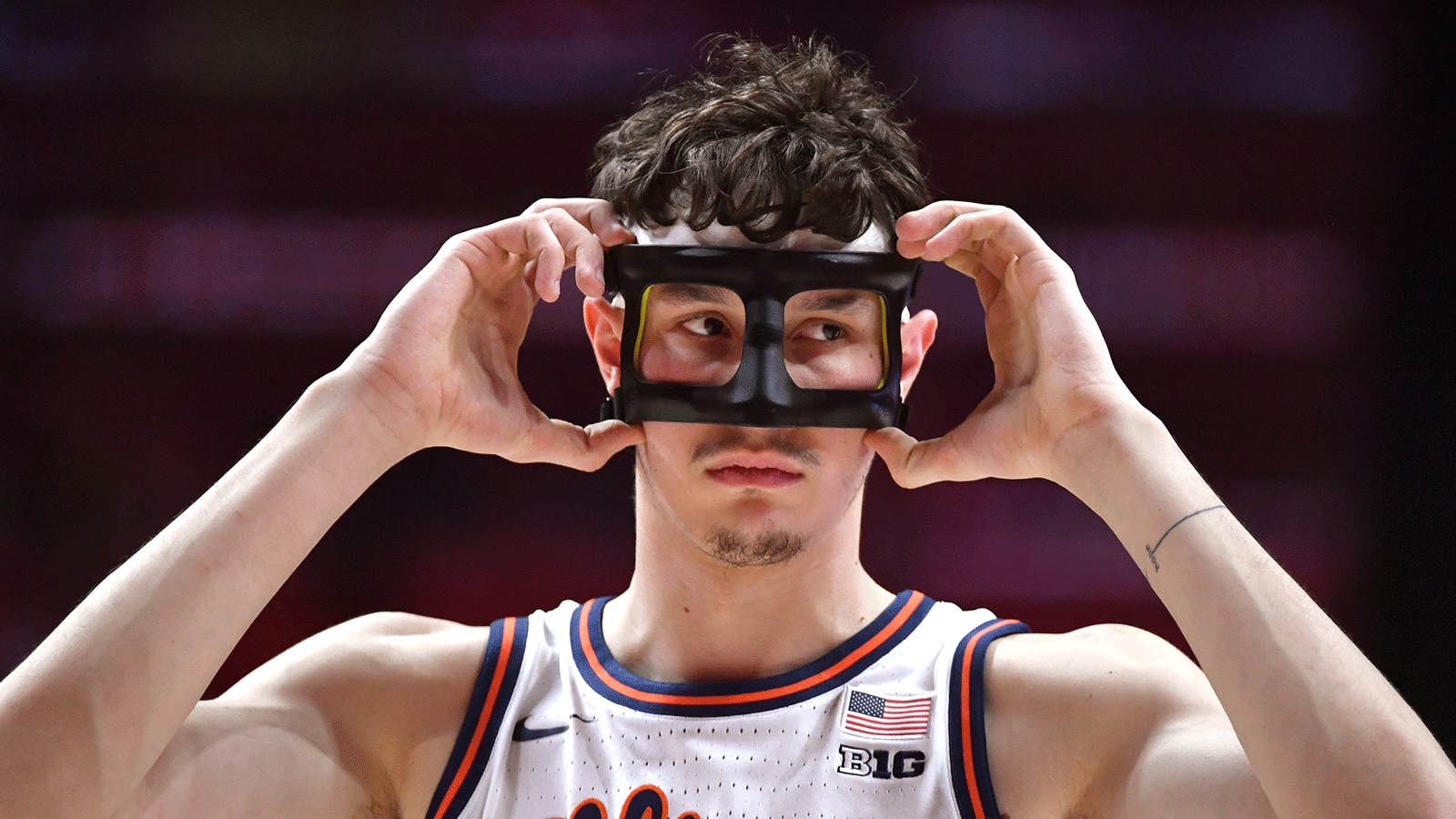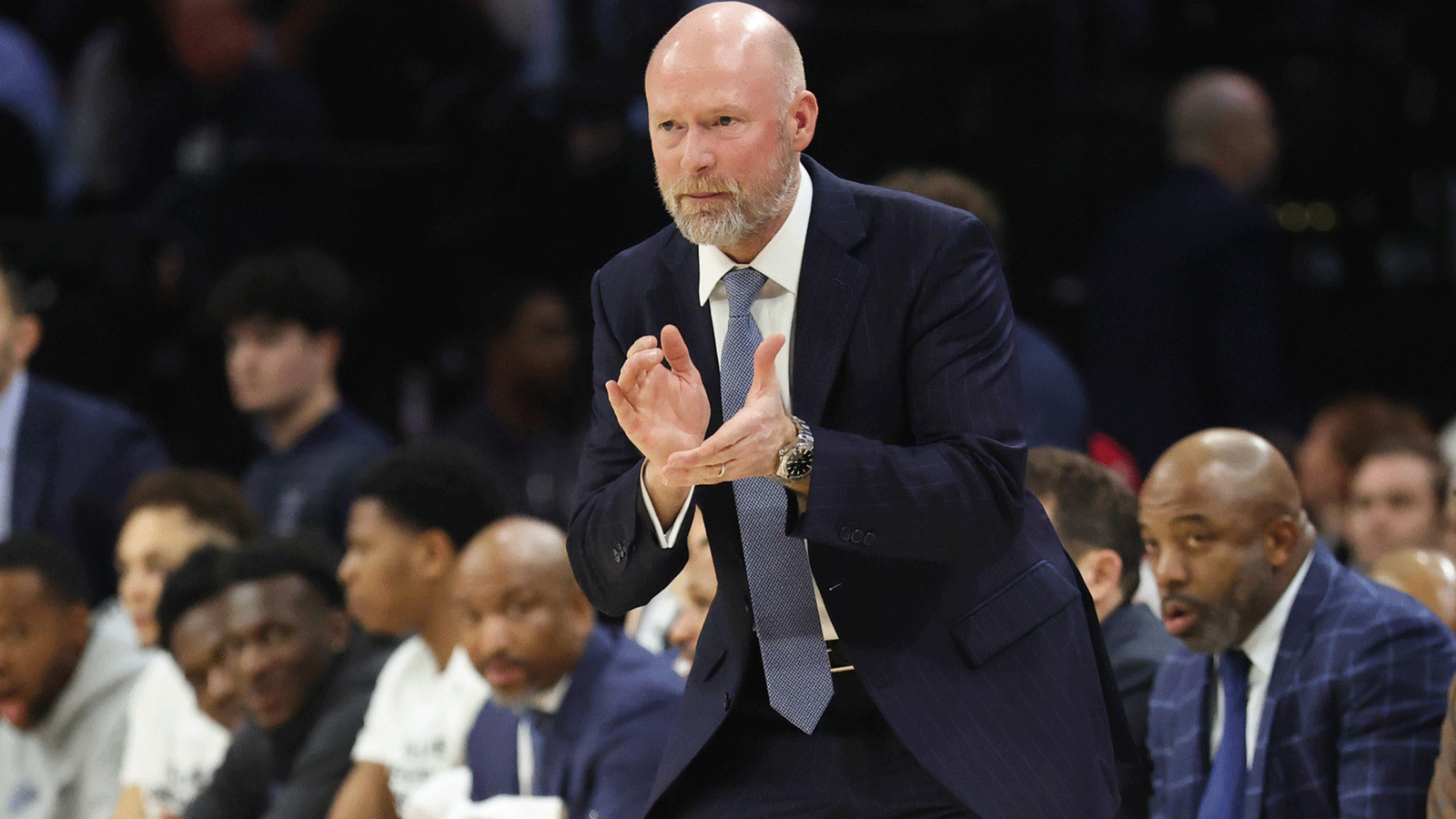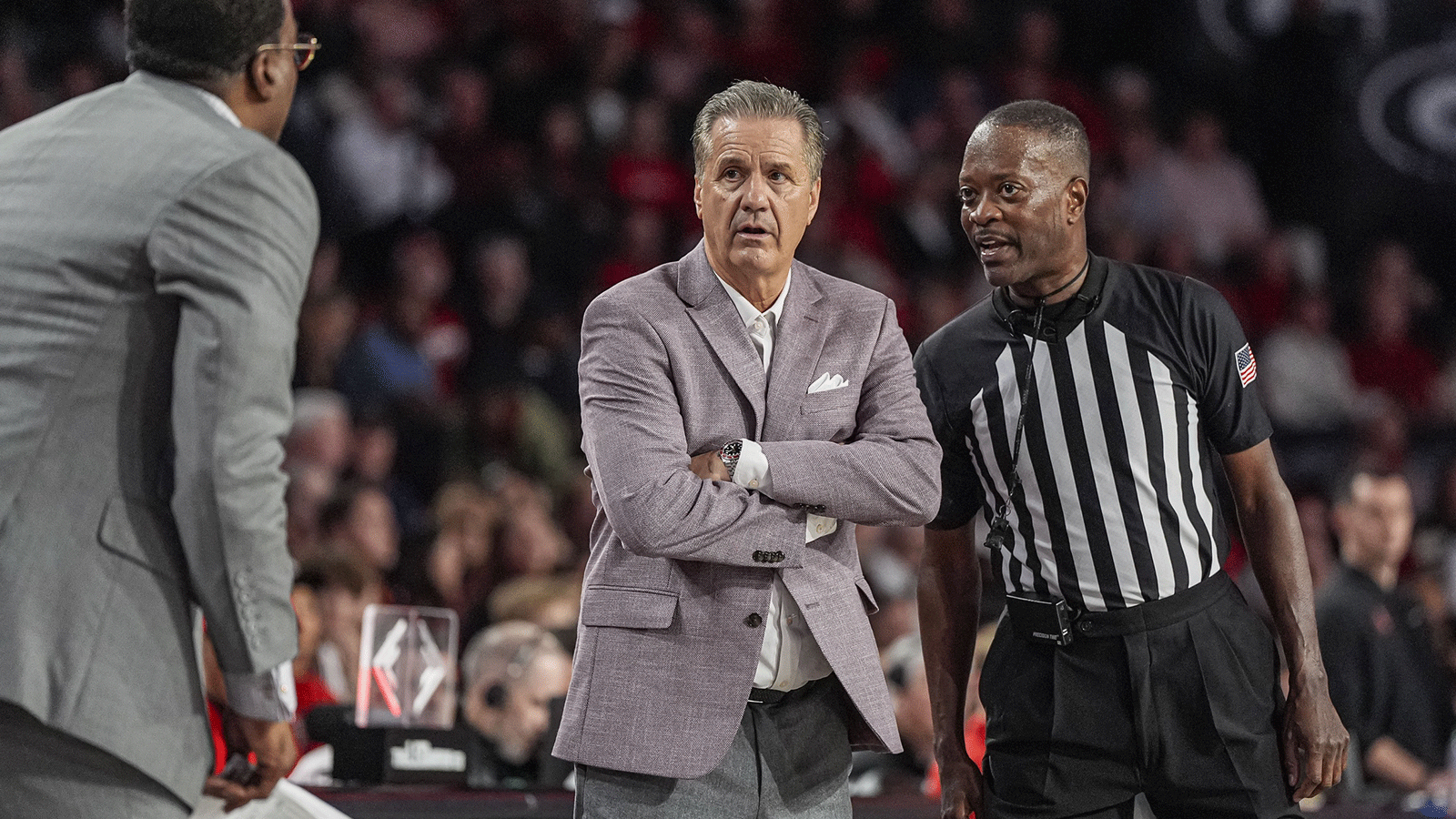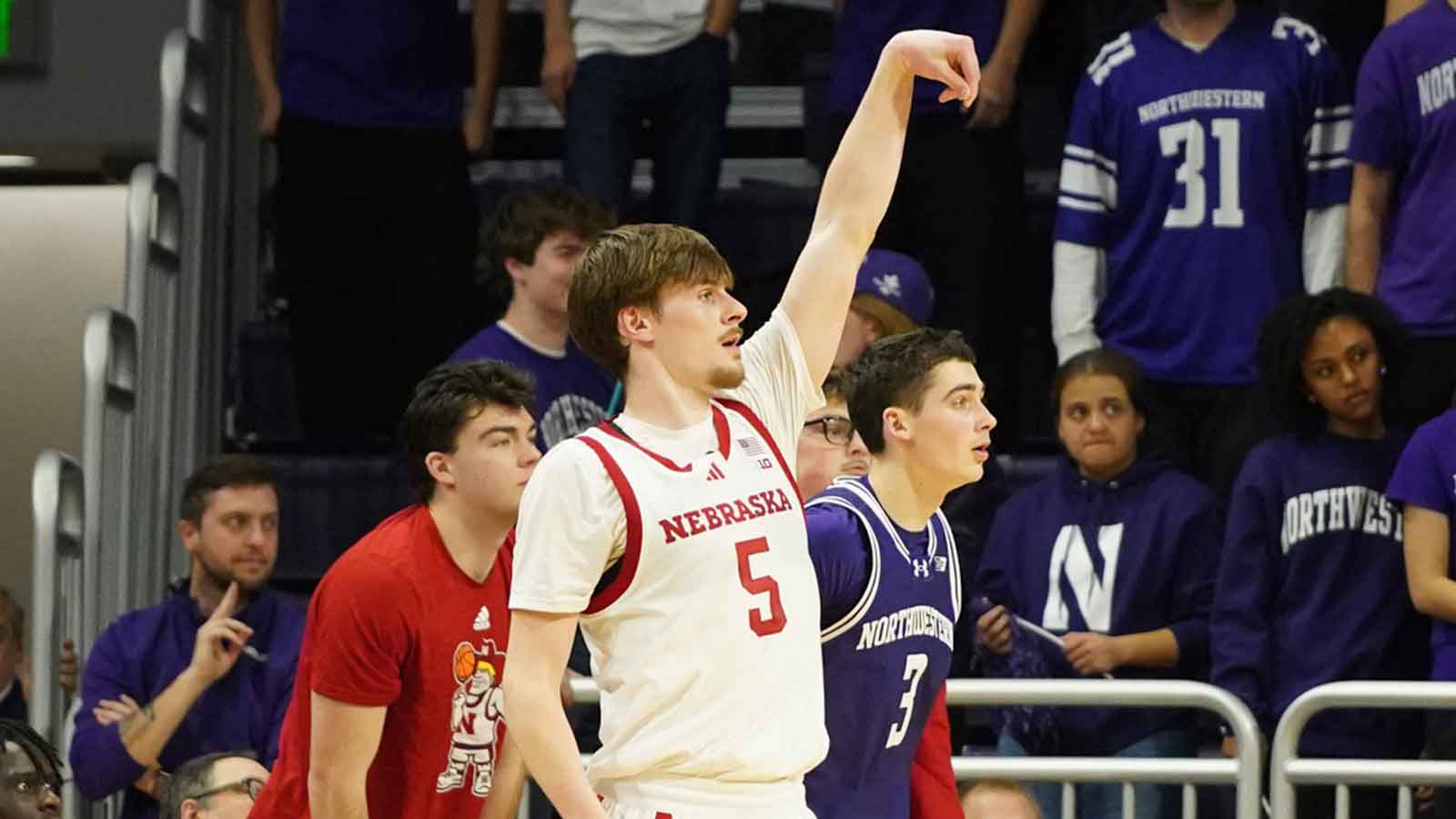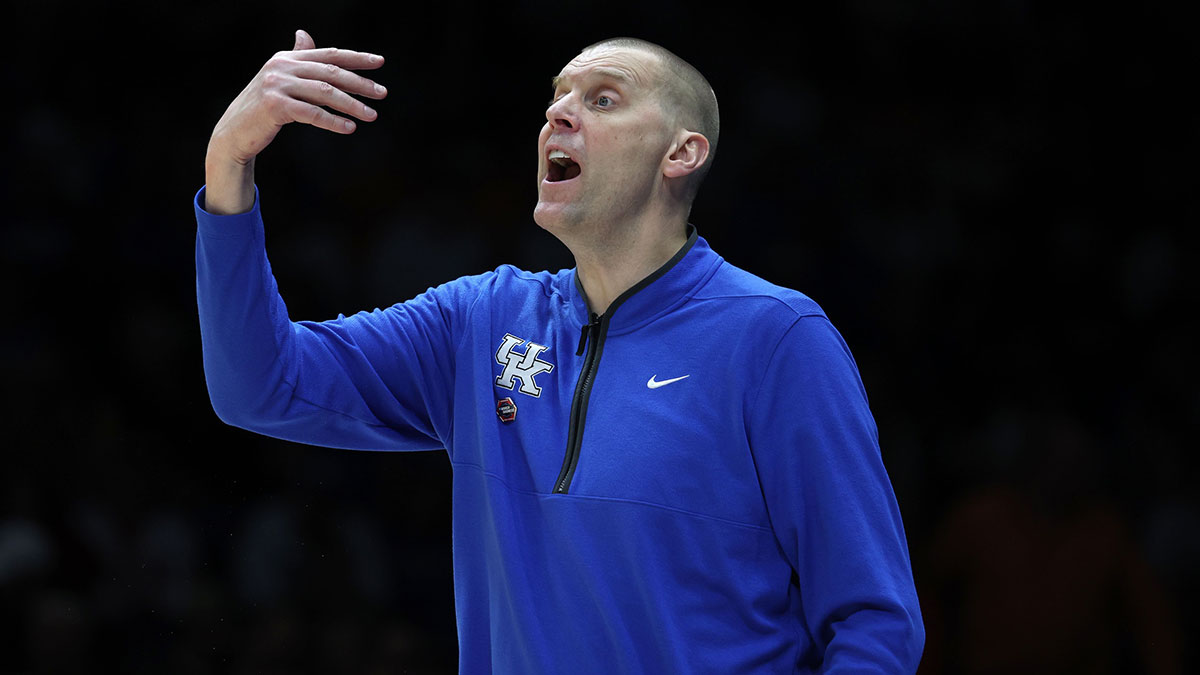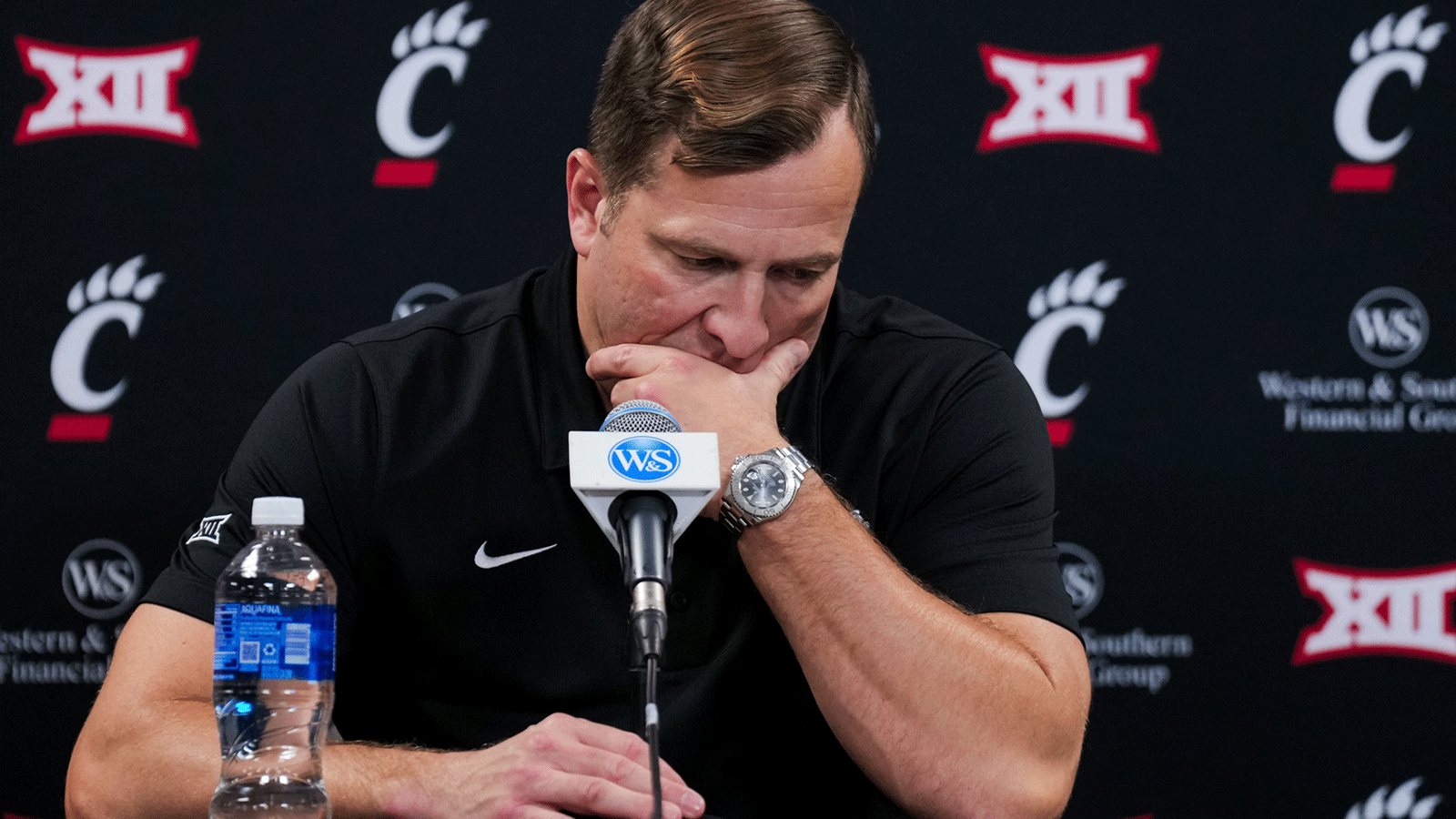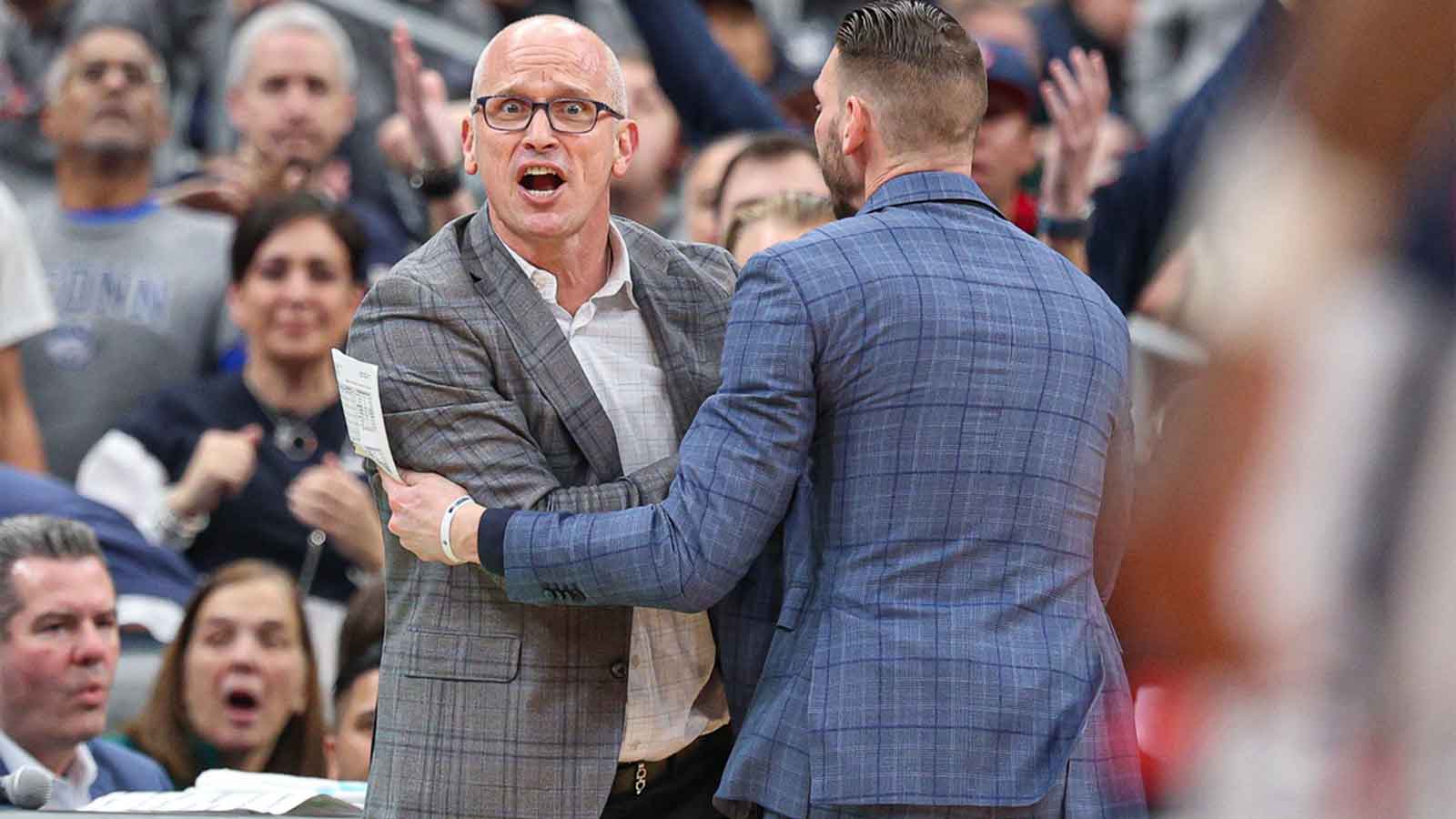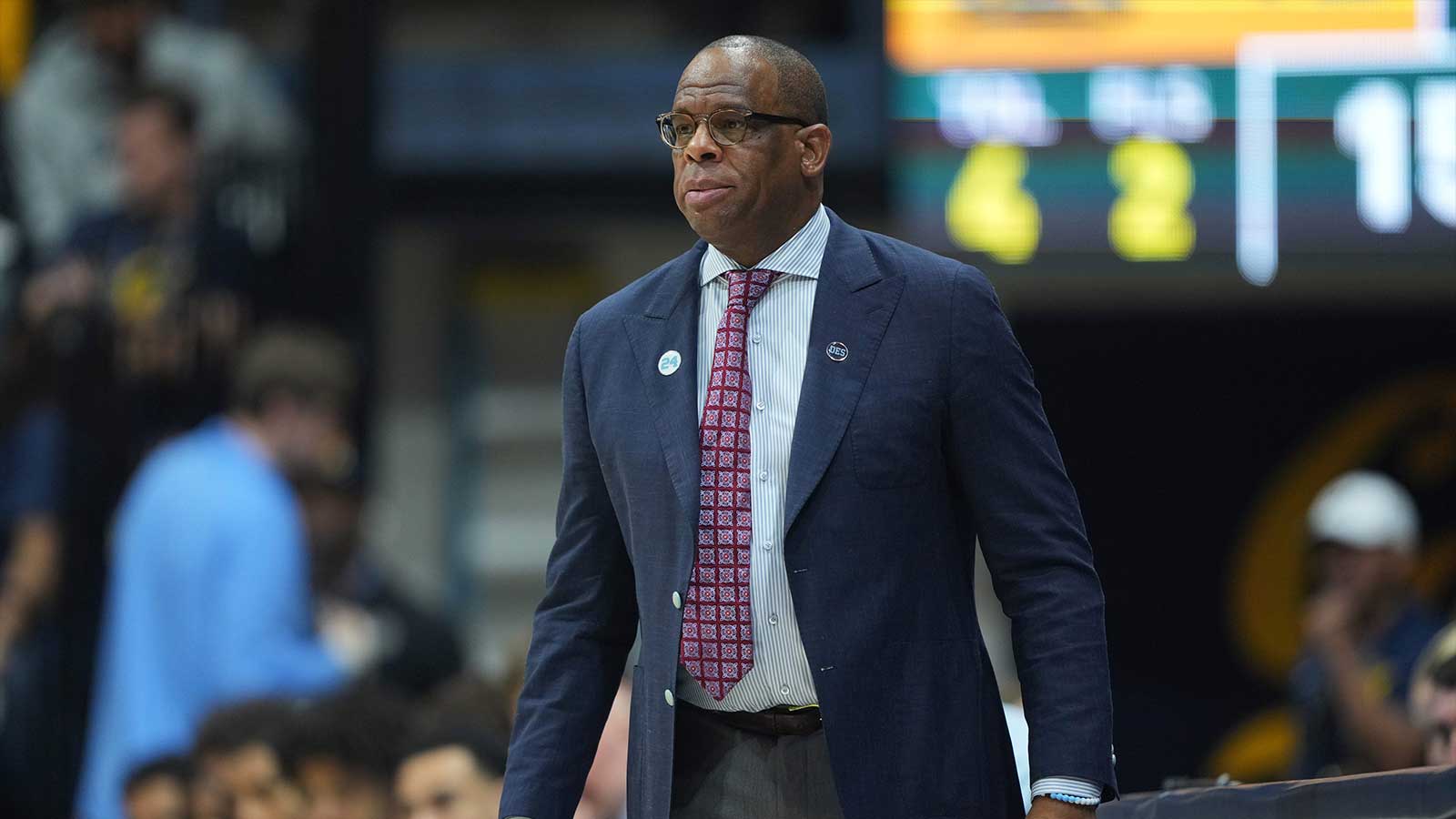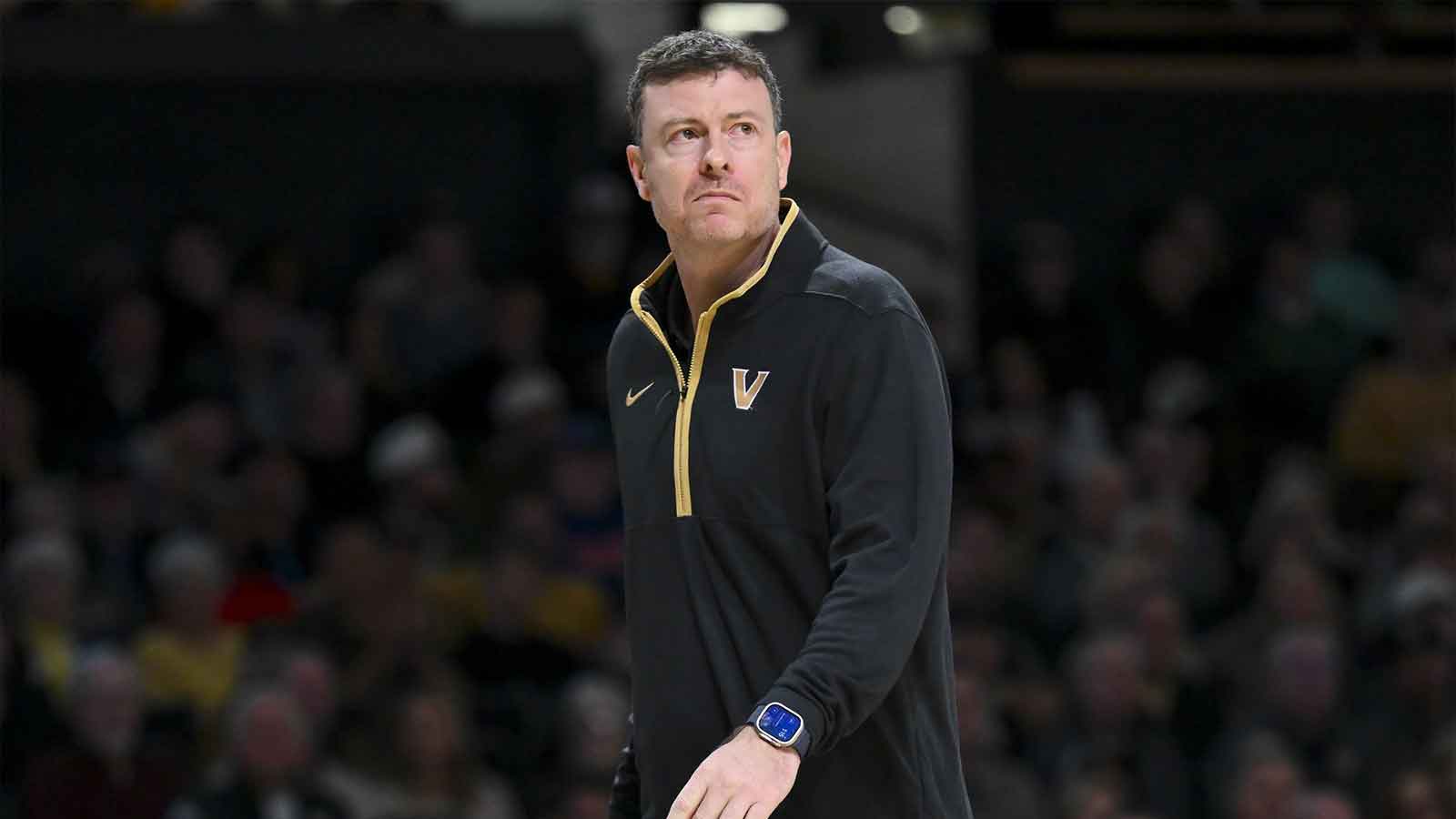Heading into their Sweet 16 showdown with the Creighton Blue Jays, most of the talk about Princeton basketball's March Madness run to the Sweet 16 (and maybe Elite Eight and maybe Final Four) hasn't really been about basketball. Behold, Blake Peters, a sophomore reserve point guard who plays Spanish guitar, speaks fluent Mandarin and starts each morning by reading the print edition of the Wall Street Journal; make sure you connect with Ryan Langsborg, the leading scorer in Princeton's 78-63 second round stomping of Missouri, whose LinkedIn profile that touts his experience [creating] rent comparison analysis spreadsheets for various development projects to assess proper rent valuation” as an acquisitions analyst for real estate developer JPI Companies last summer. The truth is that the Princeton Tigers aren't like those other basketball players; in fact, they're better.
Although the novelty of a 15 seed making the Sweet 16 has faded in recent years thanks to Oral Roberts and St. Peter's, that doesn't make Princeton's performance any less remarkable, especially because they don't offer athletic scholarships. Still, whereas Oral Roberts and St. Peter's squeaked out close games against overseeded teams during years waylaid by the lingering effects of Covid, Princeton has proven that they legitimately belong. In felling Arizona, Princeton toppled an inner-circle national title contender; by beating Missouri by 15, Princeton set a record for the largest margin of victory by a 15 seed in NCAA Tournament history.
Why Princeton will make the Elite Eight
The simplest reason for why Princeton could continue their run is that they're a good team who just happen to be undersold by their seed; ranked 93rd in Bart Torvik's T-Rank efficiency ratings, the Tigers are the third strongest 15-seed since 2008. To wit, Princeton has reached yet another level for last 10 games, ranked 68th over that span, above the likes of Indiana, Virginia and Illinois.
Offensively, Princeton succeeds by toying with the rules and expectations of modern college defenses. The prevailing defensive styles in March Madness (no-middle and pack-line) are premised upon the idea that college players aren't especially good, that if you force them to make enough decisions across a 30 second possession they'll eventually run aground on the level of their patience or talent and screw it up. Princeton, though, is pathologically averse to screwing up. With Ivy League Player of the Year power forward Tosan Evbuomwan functioning as their de facto point guard, Princeton always has at least four players on the court who can capably dribble and pass and ranked in the top 50 for two-point field goal percentage as a result .
Against Arizona's versatile defense, Princeton's collective moxie allowed them to overcome their spotty shooting; the only appreciable difference between Princeton and Arizona was that Princeton turned the ball over four fewer times, allowing them to take four more shots. Similarly, Princeton leaned on their steady ball-handling to defang a vaunted Missouri press, easily escaping traps and finding open shots amidst the frenzy . Accordingly, Princeton's sharpness stands out even among their Sweet 16 peers—only UCLA and Gonzaga have been less turnover-prone in their last ten games.
While Princeton's surehandedness with the basketball makes them good, it's their size that makes them special. There are few teams in the country that can marry Princeton's cocktail of size and skill. With Evbuomwam and 6'9, 240 pound center Keeshawn Kellman anchoring the frontcourt, the Tigers are the rare Cinderella with the heft to stand up to their power conference opponents; unsurprisingly, Arizona had their worst offensive showing of the season against a team with the size to match up with their star big men Azuolas Tubelis and Oumar Ballo. Outside of Evbuomwam and Kellman, the Tigers also boast a big backcourt with all three starters measuring at least 6'4.
As such, Princeton can switch most screens without having to deal with the gnarly calculus of coordinating switches and double teams. Accordingly, Princeton locks teams down with an effective, albeit passive, defense. Despite the fact that only 15 teams in all of college basketball forced fewer turnovers, Princeton has had a top 50 defense since the start of February because of their unerring dedication to wedging themselves between their man and the basket. They're the stuff of high school coach fantasies, contesting nearly every shot (holding teams to just 47.4 percent shooting inside the arc, good for 59th best) and then rebounding those misses (73.3 percent offensive rebound rate, eighth best).
Why Princeton won't make the Elite Eight
Outside of Evbuomwam, no Princeton basketball player would start for Creighton. More damningly, Princeton won't be able to exploit the stylistic advantages they had against Missouri and Creighton is less liable to totally meltdown than Arizona. For the most part Creighton does all the same things Princeton does, except with better players; this game almost feels like a high-stakes version of Creighton scrimmaging against their practice squad.
Princeton is big, Creighton is bigger—Big East Defensive Player of the Year Ryan Kalkbrenner is a true seven-footer with a 7'4 wingspan. Princeton locks down the paint, Creighton locks down the paint even more tightly—Kalkbrenner and company have the 15th best adjusted defensive efficiency in the nation. If Princeton won games by forcing teams to match their deliberate steadiness, Creighton might be the one team that's steadier and more deliberate. Both teams are proof of the efficacy of constant, possession by possession goodness, but Creighton, led by studs like Kalkbrenner, Baylor Scheierman, Ryan Nembhard and Trey Alexander, is capable of greatness in ways that Princeton is not.

